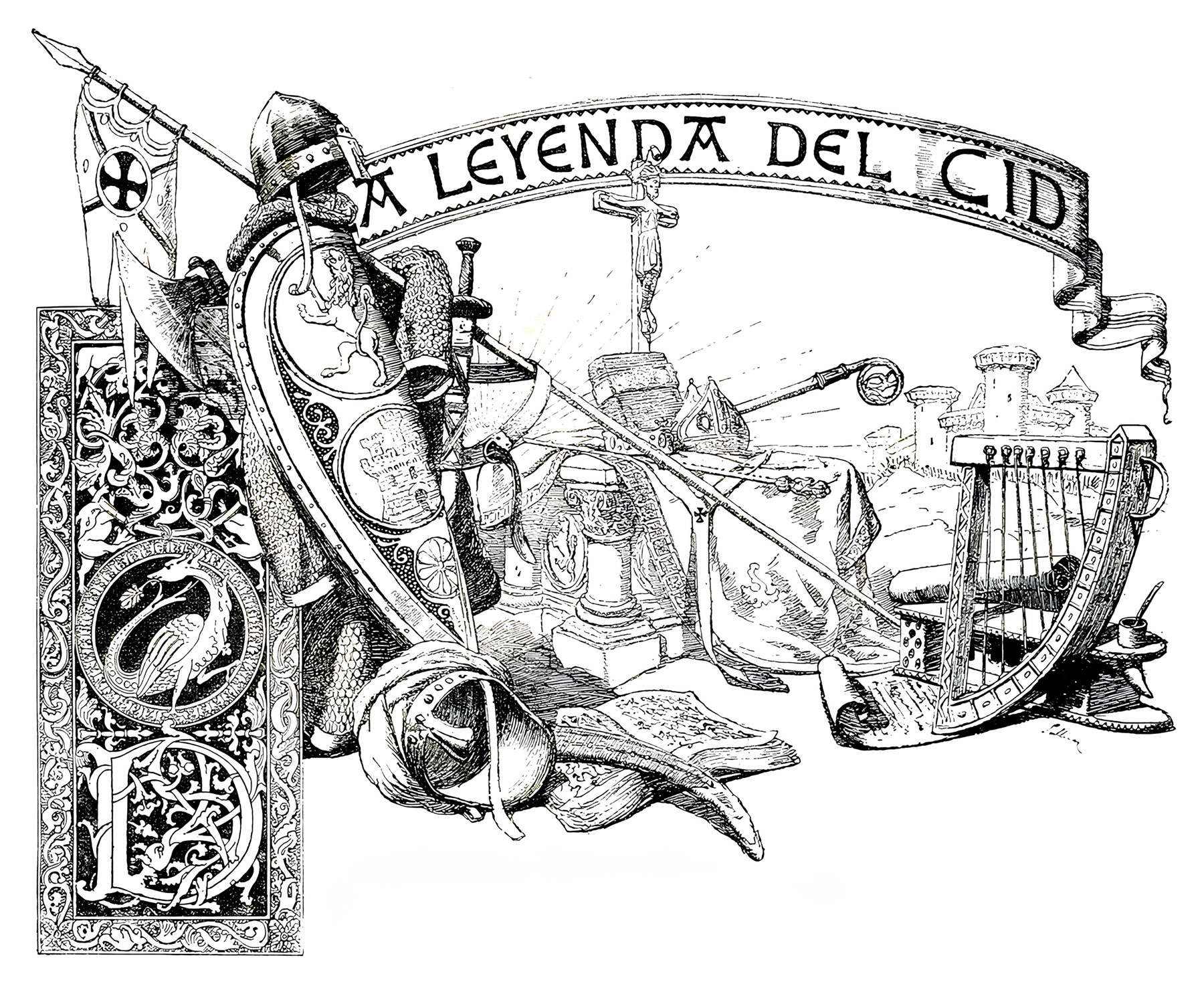News
El Cantar del mio Cid
Our new translation of 'El Cantar del mío Cid’ is now available here.
'El Cantar del mío Cid’, or ‘The Song of My Lord’ the oldest Castilian epic poem extant, and Spain’s national epic, exists in a single fourteenth century codex, but was composed earlier, in the twelfth century, or as late as the early thirteenth. It tells of Rodrigo (Ruy) Díaz de Vivar (c1043-1099AD), known as El Cid (Lord) and El Campeador (Master of the Battlefield). The poem is set in the eleventh century, an age of warfare amongst the northern Christian and the central and southern Muslim realms of Spain, marked by shifting alliances. Born in Vivar, near Burgos, Díaz served in the armies of both Christian and Muslim rulers, ultimately wresting the principality of Valencia from Muslim control, and ruling there until his death.
The relevant Spanish regions have created a superb set of cycling, walking, and vehicle routes, which connect the locations mentioned in the poem. The Way of El Cid (Camino del Cid) extends from Castilla in the north-west of Spain to the Mediterranean coast in the south-east. The Way traces the legacy of Rodrigo Díaz de Vivar, with the El Cantar de mío Cid providing the primary guide for the route. In order to assist readers interested in following the Camino del Cid, the initial occurrence of place names in each part of the translated text are linked to maps provided by OpenStreetMap - which clearly indicate the trail. Alternatively, you may view a map of all locations detailed in the text, provided by uMap. See the Introduction to Part I.

News Update: March/April
1 April 2024Rimbaud: The Theatre of Words, a commentary
16 February 2024Parzival: Printed Book and Kindle Edition
29 January 2024Layamon: Brut, or The History of Britain
20 January 2024Bion's Lament for Adonis, and the Lament for Bion
21 December 2023
Baudelaire: Spleen de Paris
13 May 2024Wagner's Lohengrin
1 July 2024Wagner's Parsifal
10 July 2024News Update: August
15 August 2024Turold: The Song of Roland
29 August 2024
Want to comment on this post? Then cookies (Learn more).
20252024202320222021202020192018201720162015List all articles
Most Recent:
News: December
31 December 2025John Lydgate - Three Poems of Love
12 November 2025Sir Orfeo
9 November 2025Rilke: Notes on the Melody of Things
8 November 2025Théophile Gautier: Captain Fracasse - Print Edition
8 October 2025Théophile Gautier: Autobiographie
1 October 2025